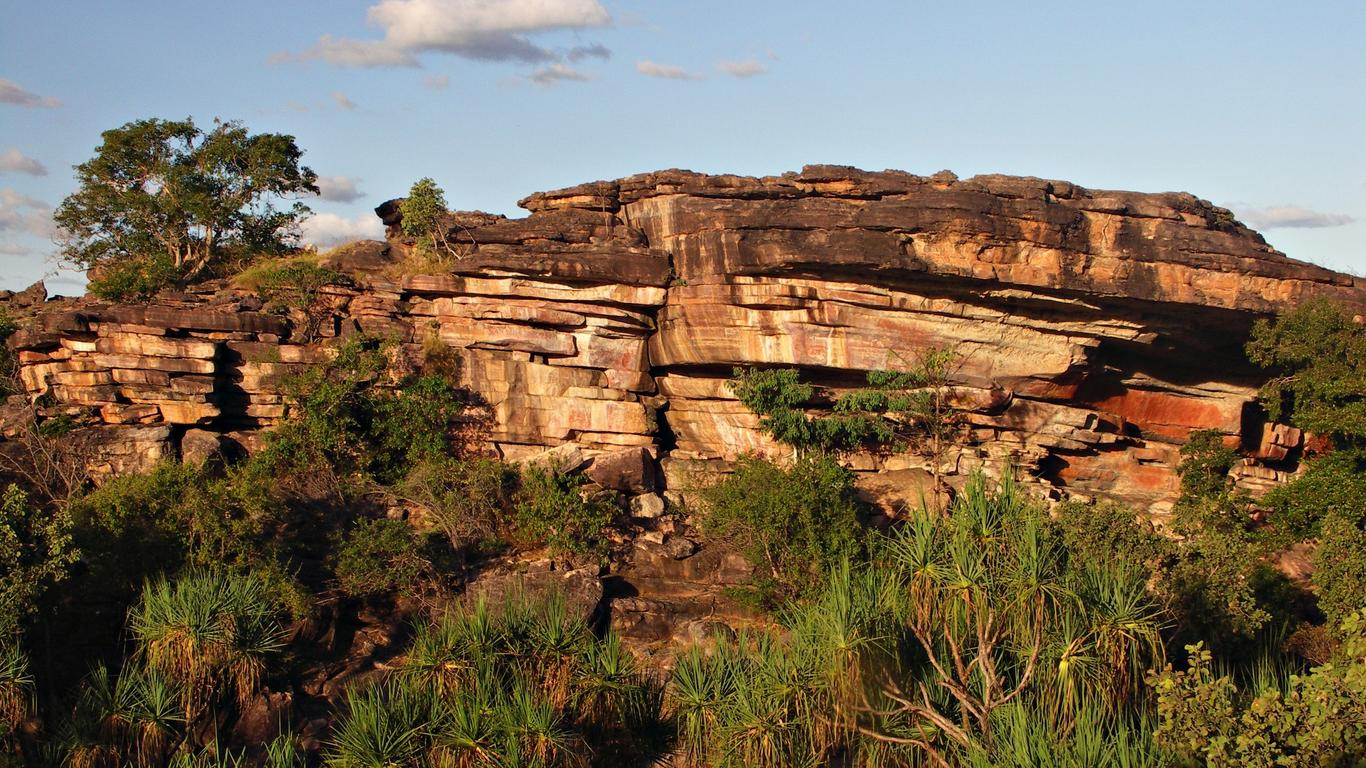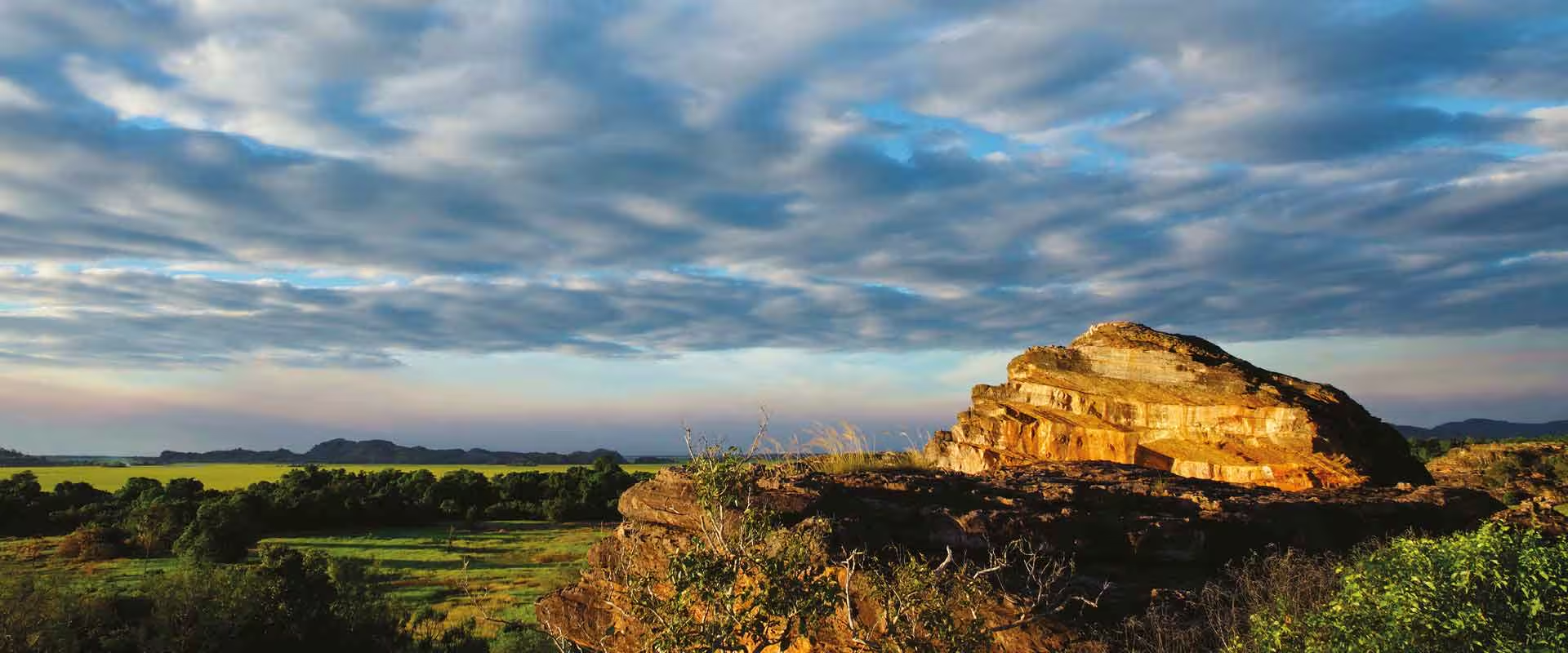Kakadu National Park, Australia’s largest terrestrial national park, offers an astonishing array of activities for nature lovers, adventure seekers, and cultural enthusiasts. Declared a UNESCO World Heritage site for both its cultural and natural significance, the park is a mosaic of ecosystems and habitats. It is home to important Aboriginal art sites dating back thousands of years, and a stunning array of wildlife. As we delve into the myriad of activities available, you’ll discover why Kakadu is not just a park, but a living, breathing cultural landscape.
Top Activities for Adventure Seekers in Kakadu

Kakadu National Park is a treasure trove of adventures waiting to be explored across all seasons. Whether you’re a hiker, a wildlife enthusiast, or someone who appreciates the rich tapestry of Aboriginal culture, there is something here for you. Let’s embark on a journey through the park’s top activities that are sure to make your visit an unforgettable experience.
Unmissable Water-Based Adventures
One cannot simply visit Kakadu without experiencing the sheer power and beauty of its waterfalls. Places like Jim Jim Falls and Twin Falls are among the park’s highlights. To fully appreciate the waterways of Kakadu, consider taking a river cruise. These cruises provide a safe and serene mode to witness the park’s famed crocodiles in their natural habitat, along with myriad bird species that flourish by the water’s edge.
Hiking Trails for Every Level
Kakadu National Park boasts a network of walking trails that cater to every fitness level. The key is to choose a trail that suits your ability and interests. For those seeking a challenge, the Barrk Sandstone Walk provides a rigorous yet rewarding hike with breathtaking views. Always check the condition of trails before setting out, as the tropical climate can affect accessibility.
Fishing Expeditions in Kakadu
Fishing enthusiasts will find plenty of opportunities to cast a line in the rich waterways of Kakadu. The South Alligator and East Alligator rivers are hotspots for barramundi fishing. It’s crucial, however, for anglers to respect the park’s rules on sustainable fishing practices, ensuring the preservation of Kakadu’s precious ecosystem for future generations.
Cultural Experiences and Educational Activities
Kakadu’s ancient Aboriginal rock art sites, such as Ubirr and Nourlangie, connect visitors with the park’s rich human histories spanning over 65,000 years. Participate in ranger-guided tours to gain a deeper understanding of these cultural marvels. These experiences not only educate but also inspire a profound respect for the land and its original custodians.
Wildlife Watching and Photography
The variety of wildlife in Kakadu National Park is enormous, presenting ample opportunities for wildlife watching and photography. From the prominent saltwater crocodile to the more elusive endemic species like the black wallaroo, Kakadu is a photographer’s dream. The key to a good wildlife photo is often patience, respect for the animal’s space, and the right timing, especially during the golden hours of dawn and dusk.
Camping and Overnight Stays
For those wishing to immerse themselves fully in the Kakadu experience, camping is the way to go. Kakadu camping tours offer guided opportunities to sleep under the stars amongst the park’s exceptional natural beauty. There are a variety of designated camping areas equipped with facilities to make your stay comfortable and enjoyable, ranging from developed campgrounds to more remote bush settings.
Navigational Tips and Park Amenities

Getting around Kakadu National Park can be a breeze with a bit of planning. Park amenities, including visitor centers, provide maps and advice to help you navigate the vast area. These facilities also offer essential services such as fuel, food, and informational displays about the park’s diverse environments and cultural sites.
Safety Considerations and Regulations
Safety in Kakadu cannot be overstated. Visitors must understand the park’s wilderness can pose risks, from environmental (heat, flooding) to wildlife interactions. By following established park regulations and guidelines, you ensure your own safety as well as the preservation of this delicate ecosystem.
Choosing the right time for your visit is crucial. Below is a table that outlines the ideal seasons for engaging in various Kakadu activities.
| Activity | Dry Season (May – Oct) | Wet Season (Nov – Apr) |
|---|---|---|
| Water-Based Activities | Optimal | Limited |
| Hiking | Best Conditions | Possible Closures |
| Fishing | Good | Variable |
| Wildlife Watching | Excellent | Good |
| Cultural Tours | Available | Reduced |
If you’re pressed for time, here’s a numbered list of the top 5 must-do activities in Kakadu National Park:
- Visit the ancient rock art galleries at Ubirr.
- Take a river cruise to spot crocodiles and birdlife.
- Embark on a hiking trail like the Barrk Sandstone Walk.
- Try your luck at fishing for barramundi.
- Join a ranger-guided tour to understand Kakadu’s ecosystems and Aboriginal heritage.
To ensure you are prepared for any Kakadu adventure, here’s a list of essential items you should pack:
- Plenty of water to stay hydrated.
- High SPF sunscreen and a broad-brimmed hat for protection from the sun.
- Sturdy, comfortable footwear suitable for hiking.
- Insect repellent to ward off pesky bugs.
- A detailed map of the park, or a GPS device.
- A camera with extra batteries to capture the breathtaking scenery.
Conclusion
In sum, Kakadu National Park is an adventurer’s paradise, brimming with activities that cater to all interests and fitness levels. From the magnificent waterfalls and river cruises to the sacred Aboriginal art sites and exciting wildlife encounters, Kakadu promises an enriching experience that connects you with nature and ancient cultures alike. With careful planning, respect for the park’s regulations, and an adventurous spirit, your journey through Kakadu will surely be a highlight of your outdoor explorations.



